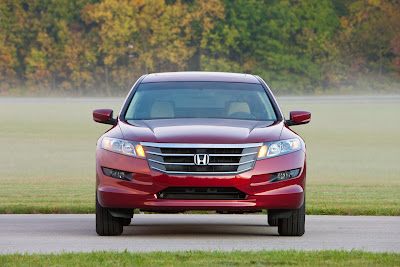Sunday, January 31, 2010
Saturday, January 30, 2010
Suzuki X-Head Concept Car at the Tokyo Auto Show

Friday, January 29, 2010
Thursday, January 28, 2010
Wednesday, January 27, 2010
futuristict biodesel car concept Design
 New Design biodiesel car concept for future
New Design biodiesel car concept for future Cool Design biodiesel car concept future
Cool Design biodiesel car concept future Luxury biodiesel car concept
Luxury biodiesel car concept Design biodiesel car concept
Design biodiesel car conceptThis design biodese car is looks futuristc and modern car concept. i think this car very simple and modern. like a smart car. So I was driving down Jordan Lane in Huntsville, Alabama yesterday and I see this: Now that's an odd looking car. Is that a propeller on the back? And it's a convertible? With horns on the hood? Hmm...SAFuel Biodiesel? Off to Google I went. Custom license plate: SCHAPER.
Tuesday, January 26, 2010
Design Concept Solar Cars in Lancaster for Future
 Modern Design Concept Solar Cars Future
Modern Design Concept Solar Cars Future Concept Design Solar Car with Blue Color
Concept Design Solar Car with Blue Color The Student Make Design Concept Solar Cars Ideas
The Student Make Design Concept Solar Cars IdeasThis is a draft of the students in the school in Lancaster. and from this design a concept car designed a modern Solar Car for Future.This High school students participating in the Dell-Winston School Solar Car Challenge will be stopping in Lancaster around noon tomorrow. (Seems like an odd time to stop rolling in a solar car.
Monday, January 25, 2010
Sunday, January 24, 2010
Saturday, January 23, 2010
Friday, January 22, 2010
Thursday, January 21, 2010
Subscribe to:
Comments (Atom)









 Enginering power Concept Car Kia Soul
Enginering power Concept Car Kia Soul Classic design Kia car soul with Black Color on Back Body
Classic design Kia car soul with Black Color on Back Body Classic design Kia car soul with Black Color a head car
Classic design Kia car soul with Black Color a head car Old Solar Powered Car
Old Solar Powered Car Simple Slim Solar Powered Car
Simple Slim Solar Powered Car Design Modern Concept Solar Powered Car
Design Modern Concept Solar Powered Car Smart Modern Concept Solar Powered Car
Smart Modern Concept Solar Powered Car Honda Solar Powered Car
Honda Solar Powered Car

















 Unique Classic Car 1934 Blackpool tram No. 228
Unique Classic Car 1934 Blackpool tram No. 228






